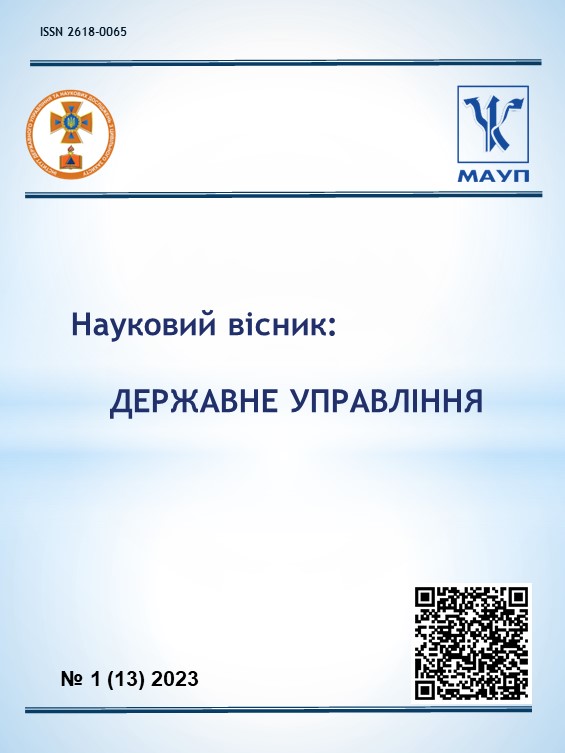THE INFORMATION ASPECT OF THE FORMATION AND IMPLEMENTATION OF STRATEGIES
DOI:
https://doi.org/10.33269/2618-0065-2023-1(13)-54-69Keywords:
information, strategic management, strategic planning, strategic decision.Abstract
For effective strategic decision-making, the most important thing is the need for awareness and practical mastering of information as a strategic resource of society and understanding the need and possibility of its use in public administration or organization management. Not the last role in this is played by the ability to use information as a means of influencing the development and formation of information needs, as well as the creation of intelligent information systems for information support of strategies. To choose from strategic alternatives, information is used on the basis of which the compliance of the chosen strategy with the realities of life and expectations of society, development prospects and the position of the organization after a certain period of time is analyzed, i.e. prediction, forecasting. In the process of strategy implementation, the data obtained as a result of strategic information monitoring can become the reason for changing tactical measures, which is the result of assessing the ratio of the results of strategic activities to the needs of the external environment. The research defines the informational aspect of a strategic management decision and explores the concept of strategic information as one of the resources for making strategic management decisions. It was determined that the development and implementation of a strategic plan is an incremental process, which is based on a certain set of successive interactions leading to the positive development of the situation and, ultimately, to the achievement of the general goal of the strategy.





